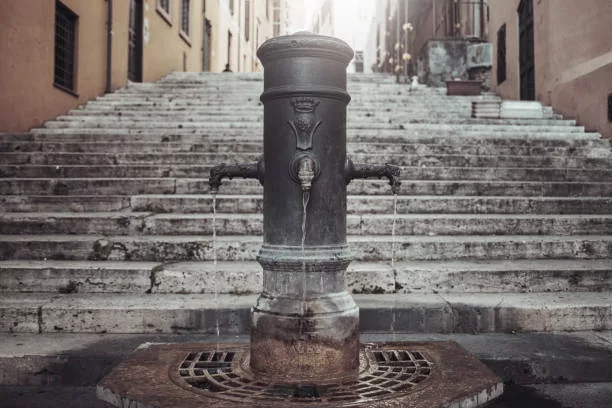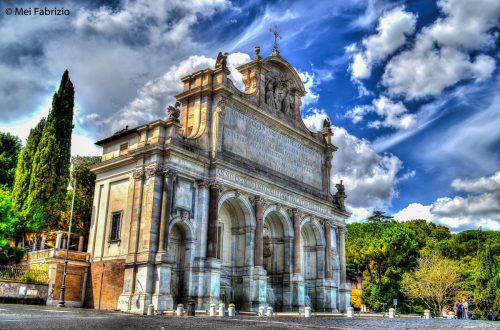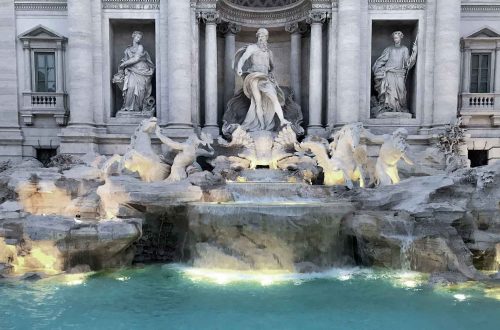
Nasone
The “Nasone”: Rome’s Humble Yet Beloved Fountain
When visitors think of Rome, grand images often spring to mind—ancient ruins, majestic piazzas, and opulent fountains like the Trevi. Yet scattered quietly throughout the Eternal City is a different kind of fountain—simple, sturdy, and enduringly Roman: the Nasone.
What is a Nasone?
The word Nasone (plural: Nasoni) literally means “big nose” in Italian—a nickname lovingly given to these cast iron drinking fountains because of their curved spout, which resembles a large Roman nose. Installed as early as 1874, these fountains were part of a public works initiative to provide clean, accessible drinking water to the citizens of Rome.
Today, more than 2,500 Nasoni can be found around the city. They are a hallmark of Roman life, found in bustling squares, quiet alleys, and even in the shadow of famous landmarks.
A Design of Simplicity and Ingenuity
Standing about one meter tall and made of dark iron, the traditional Nasone features a single curved spout and a continuous stream of fresh water flowing from Rome’s aqueduct system. A small hole at the top of the spout allows for an ingenious trick: if you place your finger over the main spout, the water is redirected upwards like a drinking fountain—no cup needed.
The water is not only safe to drink but also famously cool and refreshing, especially welcome during the city’s hot summer months.
A Symbol of Public Good
Beyond their function, Nasoni are a symbol of civic generosity. They reflect an era when public infrastructure was designed with care for the people in mind—making essential resources like water freely available to everyone, rich or poor, local or tourist.
In a city so rich in history and spectacle, it’s easy to overlook these humble fixtures. Yet they are deeply woven into daily Roman life—locals fill bottles on their way to work, children playfully sip from the spouts, and visitors pause to marvel at this unexpected delight.
Where to Find Them
Nasoni are everywhere—from the iconic Campo de’ Fiori and Piazza Navona to the cobblestoned paths of Trastevere and the banks of the Tiber. There’s even a map, maintained by the city, to help eco-conscious tourists find the nearest fountain and avoid buying plastic bottles.
A Timeless Flow
In a modern world increasingly conscious of sustainability, the Nasone offers a simple lesson: public utility and environmental stewardship can go hand in hand. These fountains, with their non-stop flow and zero waste, are a quiet but powerful emblem of how small urban design choices can endure and inspire.
So the next time you wander Rome’s ancient streets, listen for the sound of running water. You may just stumble upon a Nasone—a humble gift from the past, still offering refreshment today.
![]()




